- No products in the cart.
Takropik ointment for naruzhn.prim-I 0.03% 15g tube 1 pc
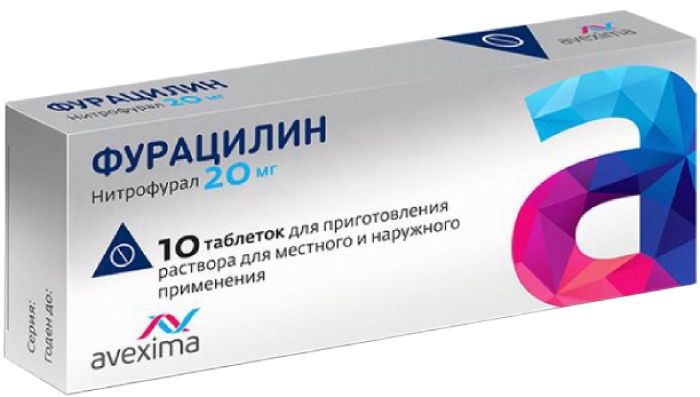
Furatsilinom tab for preparation for topical solution. and naruzh.primeneniya 20mg 10 pcs aveksima
$2.90
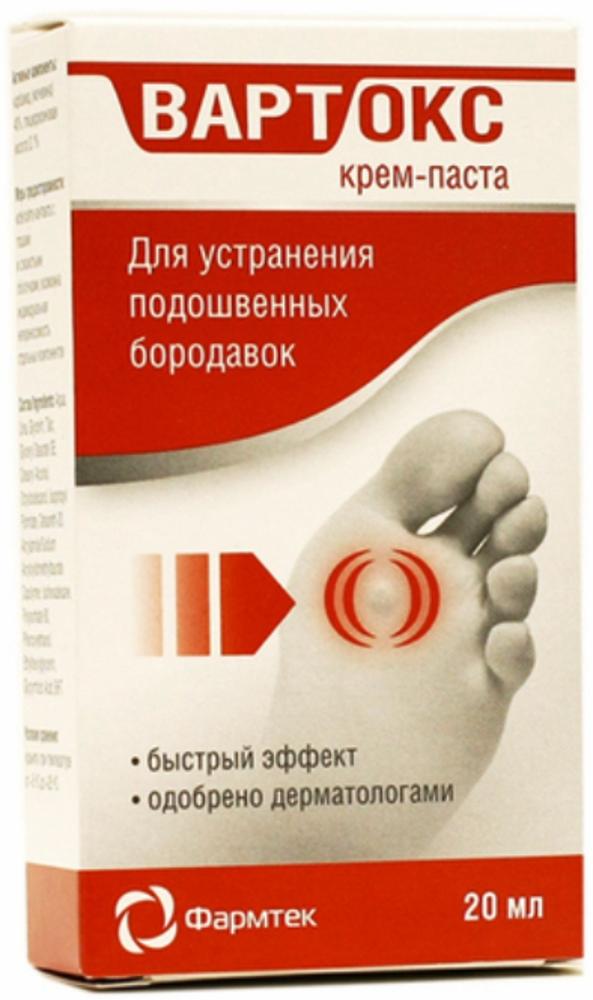
Vartoks cream-paste to remove the warts on the soles 20ml
$4.32
$15.86
Takropik ointment for naruzhn.prim-I 0.03% 15g tube 1 pc
Description
Composition
Active substance:
100 g of ointment (0.03%) contain: tacrolimus in terms of 100% substance – 0.03 g ;.
Excipients:
100 g of ointment (0.03%) contain: Macrogol – 400 – 10.0 g; Liquid paraffin – 20.0 g; white soft petrolatum – 5.0 g; wax emulsion – 10.0 g; Disodium edetate – 0.05 g; preservative Euxyl PE 9010 (90% phenoxyethanol, etilgeksilglitserol 10%) based on phenoxyethanol – 0.45 g; Purified water – up to 100 g
Description:
Homogeneous ointment white or nearly white. Presence of weak specific smell.
Product form:
Ointment for external use 0.03% and 0.1%. 15 g of aluminum into a tube. Each tube together with instructions for use placed in a pile of cardboard.
Contraindications
Hypersensitivity to tacrolimus, subsidiary components of the preparation, macrolides.
Pregnancy and breast-feeding.
Takropik® not be used in patients with severe impairment of the epidermal barrier, particularly Netherton syndrome, lamellar ichthyosis, skin manifestations reaction “graft versus host”, as well as in generalized erythroderma in connection with the risk of increased systemic absorption of tacrolimus.
Use of the drug in the dosage Takropik® 0.1% contraindicated in children and adolescents under 16 years of age at a dosage of 0.03% – in children under 2 years old.
Carefully
Takroldimus largely metabolized in the liver, and although its concentration in the blood at very low external use in patients with decompensated liver disease ointment used with caution.
Care must be taken when using Takropik® ointment in patients with extensive skin lesions, long courses, especially in children.
Dosage
0.0003
Indications
Takropik® drug used in a dosage of 0.03% and 0.1% for adults and adolescents over 16 years, and only 0.03% for children 2 to 16 years for the treatment of atopic dermatitis (moderate and severe) in the event its resistance to other means of external therapy or contraindications such.
Interaction with other drugs
Tacrolimus is not metabolised in the skin, which eliminates the risk of drug interactions in the skin, which can affect its metabolism. Since systemic absorption of tacrolimus when used in the form of an ointment minimal interaction with inhibitors isoenzyme CYP3A4 (including erythromycin, itraconazole, ketoconazole, diltiazem) while the application of the drug Takropik® unlikely but can not be completely ruled out in patients with extensive lesions, and / or erythroderma.
Influence of formulation on the efficiency of vaccination Takropik® not studied. However, due to the potential risk of reduced efficiency, vaccination should be held prior to the application of an ointment or 14 days after the last use of the drug Takropik®.
In the case of a live attenuated vaccine, this period must be extended to 28 days, otherwise it should consider the use of alternative vaccines.
Concomitant use with tacrolimus conjugate vaccine against Neisseria meningitidis serotype C in children 2 to 11 years, has no effect on the primary response to vaccination, the formation of immune memory, as well as humoral and cellular immune response.
The ability to share applications Takropik® preparation with other external preparations, systemic corticosteroids and immunosuppressants have not been investigated.
Overdose
When applied topically overdose were noted.
If ingested, it is necessary to take common action which include monitoring of vital body functions and the monitoring of the general state. Stimulation of vomiting or gastric lavage is not recommended.
pharmachologic effect
Pharmacological group:
Anti-inflammatory agent for topical application.
Pharmacodynamics:
Tacrolimus refers to a group of calcineurin inhibitors. It binds to a specific cytoplasmic immunophilin protein (FKBP12), which is a cytosolic receptor for calcineurin (FK506). The result is a complex comprising tacrolimus,
FKBP12, calcium, calmodulin, and calcineurin, which leads to inhibition of calcineurin activity fosfatoznoy. This makes it impossible dephosphorylation and translocation of nuclear factor of activated T cells (NFAT), required for the initiation of transcription of genes encoding key for production of the T cell immune response to cytokines (IL-2 and interferongamma).
Furthermore, tacrolimus inhibits the transcription of genes coding for the production of cytokines such as IL-3, IL-4, IL-5, granulocyte macrophage colony-stimulating factor (GMKSF) and tumor necrosis factor (TNF alpha), which are involved in the early stages of activation
T-lymphocytes. In addition, under the influence of tacrolimus is inhibited release of inflammatory mediators from mast cells, basophils and eosinophils as well as decreased expression of high-affinity surface receptor for IgE on Langerhans cells, which leads to a decrease in their activity and of presentation of antigen to T lymphocytes.
Tacrolimus ointment does not affect the synthesis of collagen and, thus, does not cause skin atrophy.
Pharmacokinetics:
Absorption. Tacrolimus absorption into the systemic circulation when topically applied is minimal. Most atopic dermatitis patients (adults and children) as in a single application, and at the repeated application of 0.03% and 0.1% tacrolimus ointment, its concentration in blood plasma was
Accumulation of the drug long-term use (up to 1 year) in children and adults have been noted.
Distribution. Due to the fact that the systemic absorption of tacrolimus ointment low, high ability to bind plasma proteins (more than 98.8%) is regarded as clinically significant.
Metabolism. Tacrolimus is not metabolised in the skin. When injected into the systemic circulation tacrolimus largely metabolized by the liver isoenzyme CYP3A4.
Withdrawal. When multiple local pr.
Conditions of supply of pharmacies
On prescription.
side effects
The most common adverse reactions are skin irritation symptoms (burning sensation and itching, redness, pain, paraesthesia and rash) at the application site. As a rule, they are mild and disappear within the first weeks after starting treatment.
Often found alcohol intolerance (facial flushing or skin irritation symptoms after drinking).
Patients who use the drug Takropik®, there is an increased risk of folliculitis, acne and herpes infection.
From the frequency of occurrence of adverse reactions are distributed as follows: very often (> 1/10); common (> 1/100,
special instructions
Takropik® drug can not be used in patients with congenital or acquired immunodeficiencies or in patients who are taking immunosuppressive drugs.
During application of ointment Takropik® to avoid contact with the skin to sunlight, solarium, therapy with ultraviolet rays B or A in combination with psoralen (PUVA-treatment).
Takropik® The drug should not be used to treat the affected areas, which are considered to be potentially malignant or pre-malignant. For 2 hours on the skin areas to which the formulation was applied Takropik® can not be used emollients.
The efficacy and safety of the drug in the treatment of Takropik® infected atopic dermatitis has not been evaluated. When there is evidence of infection before prescribing the drug must Takropik® appropriate therapy. Use of the drug
Takropik® may be associated with an increased risk of herpes infection. Where there is evidence of HSV infection should be individually weigh the benefits and risks of the drug Takropik®.
In the presence of lymphadenopathy is necessary to examine the patient before therapy and monitor it during treatment. If there is no apparent cause lymphadenopathy or when symptoms of acute infectious mononucleosis Takropik® necessary to stop the use of the drug.
It is necessary to avoid contact of the drug with the eyes and mucous membranes (in case of accidental contact with the ointment must be removed and / or washed with water).
Do not apply ointment Takropik® under an occlusive dressing and wearing tight clothes airtight.
Just as with any other topical medication, patients should wash their hands after applying the ointment, except in cases where the ointment is applied to the area of hands for therapeutic purposes.
It is shown that in children aged 2 to 11 years, treatment of tacrolimus ointment 0.03% on vaccination conjugate vaccine against Neisseria meningitidis seropita C has no effect on the primary response to vaccination, induction of T-cell immune response and immune memory formation.
The effect on the ability to operate vehicles, machinery
Studies on the effect of the drug on the driving ability and response speed when working with complicated technique requiring special attention, not conducted. A drug
Takropik® applied externally, and there is no reason to believe that it can influence the ability to drive and use machines.
Storage conditions
At temperatures above 25 ° C. Keep out of the reach of children.
Dosing and Administration
Adults and children over 2 years Takropik® formulation is applied a thin layer to the affected skin. The drug can be used on all body parts, including the face and neck, in the area of skin folds. Do not apply medication to mucous membranes and for the occlusive dressing.
Use in children (2 years of age and older) and adolescents up to 16 years
Treatment should start with applying Takropik® 0.03% ointment twice a day. The duration of treatment under the scheme should not exceed three weeks. Subsequently application frequency is reduced to once a day, continuing the treatment until complete purification of lesions.
Use in adults and adolescents 16 years and older
The treatment should begin with the application Takropik® 0.1% ointment twice daily and continued until complete purification of lesions. As improvements can reduce the frequency of application of the ointment and 0.1% move to the use of 0.03% Takropik® ointment. In the case of re-emergence of symptoms should resume treatment Takropik® 0.1% ointment twice a day.
If you allow the clinical picture, it should attempt to reduce the frequency of use of the drug, or to use a lower dosage – 0.03% ointment Takropik®.
Use in the elderly (65 years and older)
Features of the application in elderly people are missing. Usually improvement is seen within one week from the date of initiation of therapy. If signs of improvement during therapy absent for two weeks, you should consider changing treatment strategies.
treatment of exacerbations
The drug can be used Takropik® temporarily or permanently in a periodically repeated courses of therapy. Treatment of affected areas is carried out until complete disappearance of clinical manifestations of atopic dermatitis. As a rule, the improvement observed in the first week of treatment. If the symptoms are not improving within two weeks from the start of the use of ointments, other options should be considered for further treatment. Treatment should resume at the first signs of exacerbation of atopic dermatitis.
Prevention of exacerbations
For the prevention of relapse and increase the duration of remission in patients with frequent (more than 4 times per year) exacerbations of the disease in the anamnesis recommended maintenance therapy drug Takropik®.
Feasibility destination determined by the efficiency of maintenance therapy prior treatment according to standard scheme (2 times daily) for up to 6 weeks.
When maintenance therapy Takropik® ointment should be applied 2 times a week (e.g., Monday and Thursday) at the skin, usually strikes in exacerbations.
The time interval between application of the drug should be at least 2 – 3 days.
In adults and adolescents 16 years and older used Takropik® 0.1% ointment, children (2 years and older) – 0.03% ointment Takropik®. When the manifestation of acute symptoms should go to normal therapy ointment Takropik® (see. Section “Treatment of exacerbations”). After 12 months of maintenance therapy is necessary to evaluate the clinical dynamics and decide whether to continue Takropik® prophylactic use of the drug. In children, to evaluate the clinical dynamics should temporarily stop the drug and then to consider the need to continue maintenance therapy.
Information
Appearance may differ from that depicted in the picture. There are contraindications. You need to read the manual or consult with a specialist
Additional information
| Weight | 0.100 kg |
|---|---|
| Manufacturer | QUINACRINE |

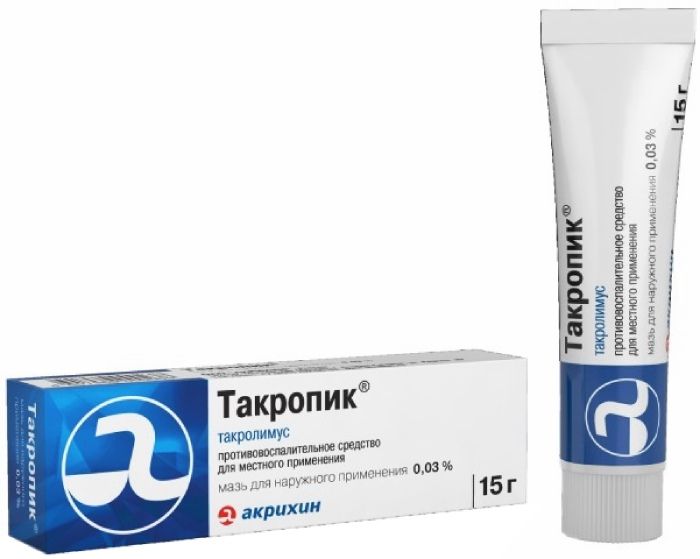
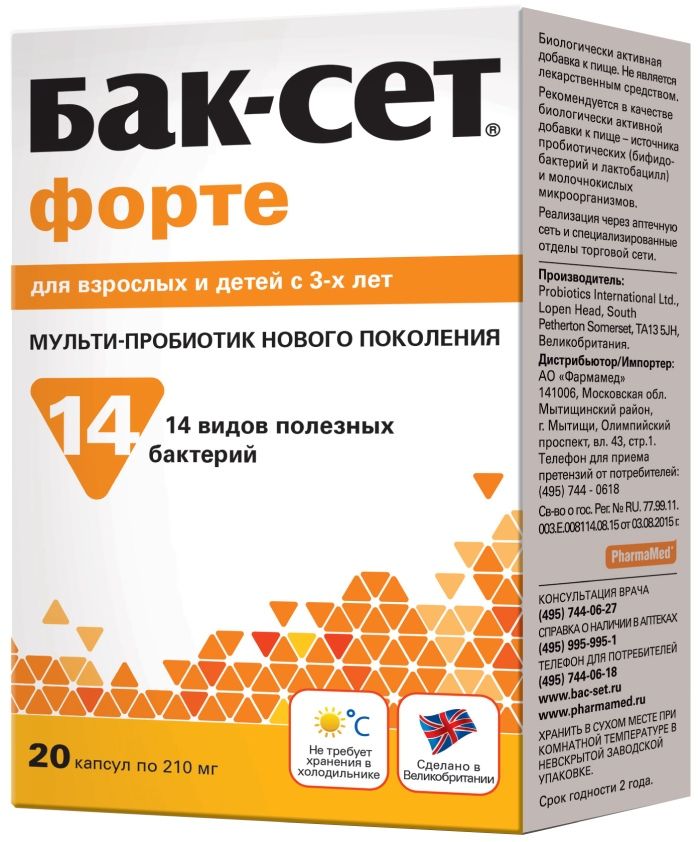
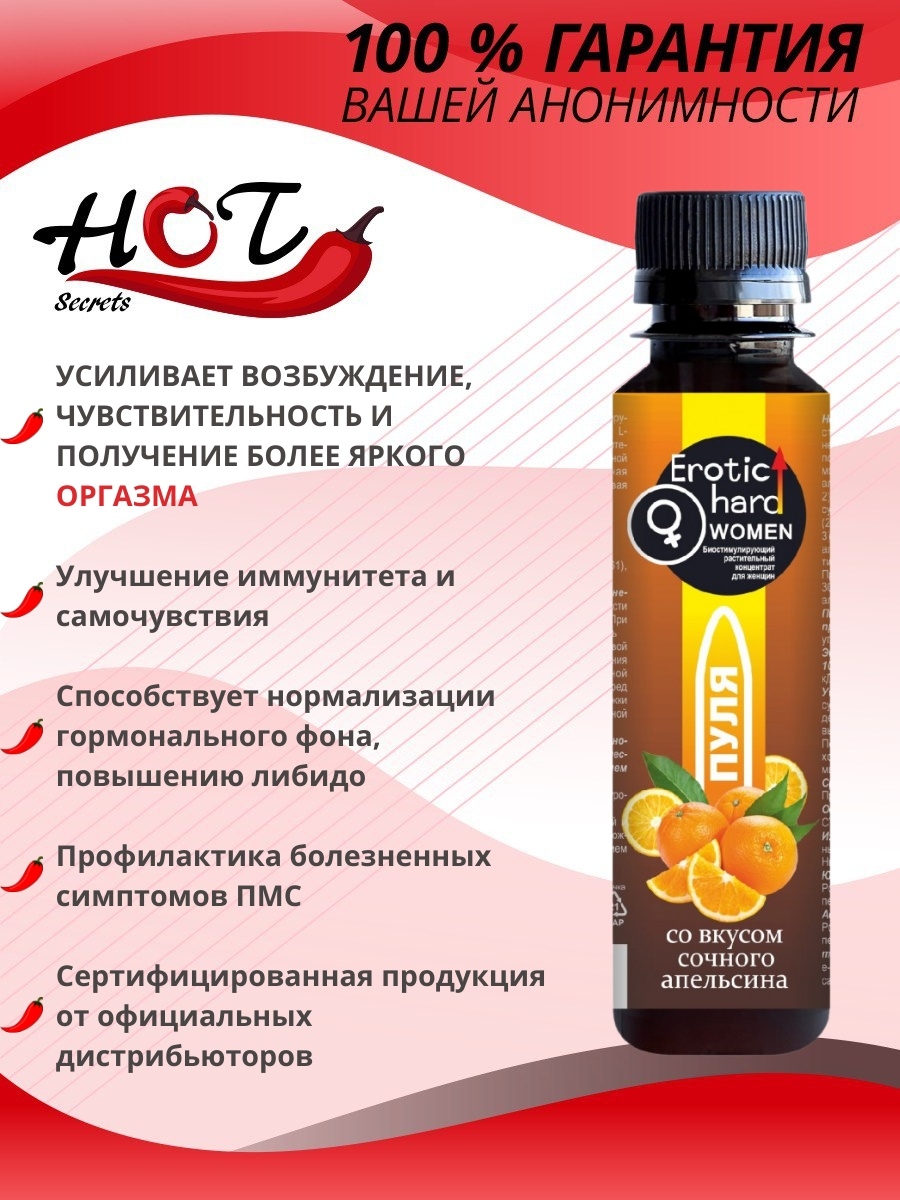
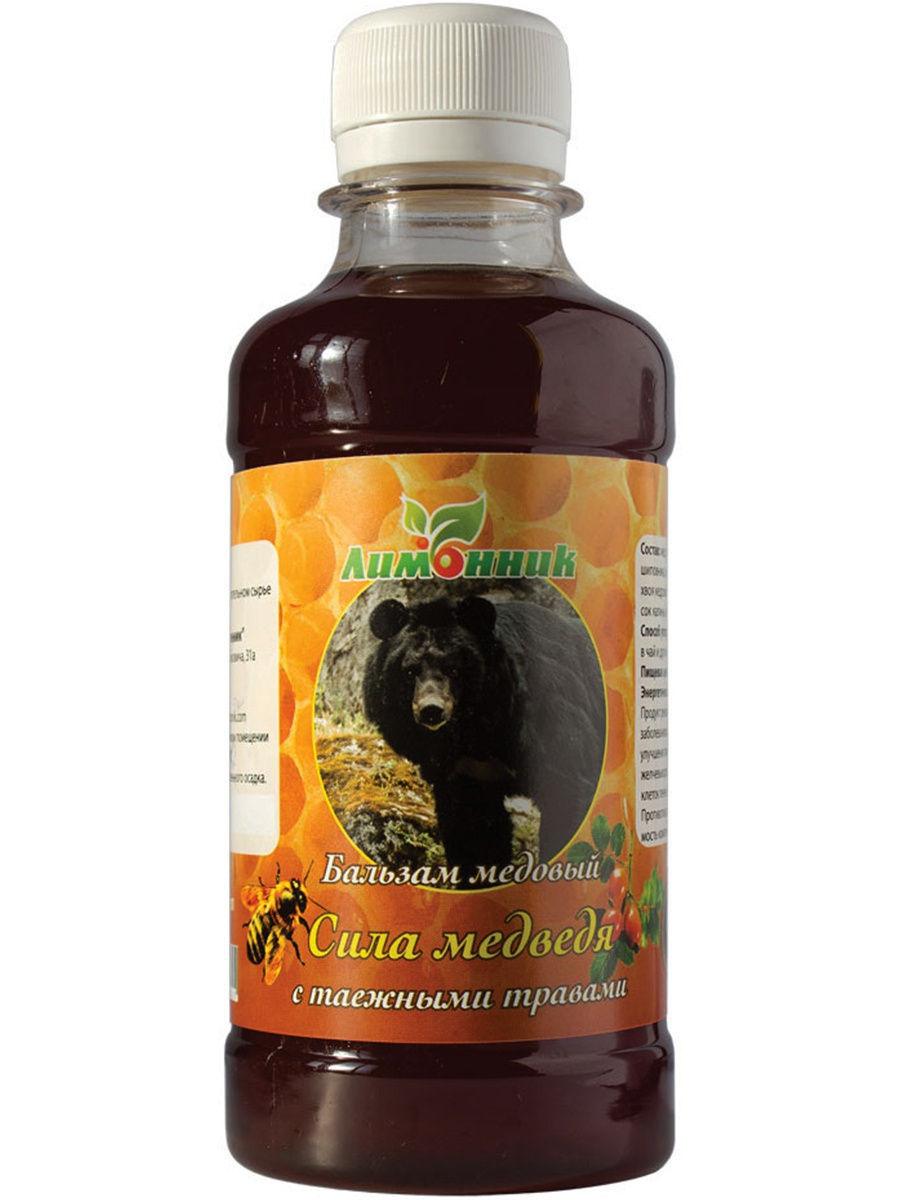
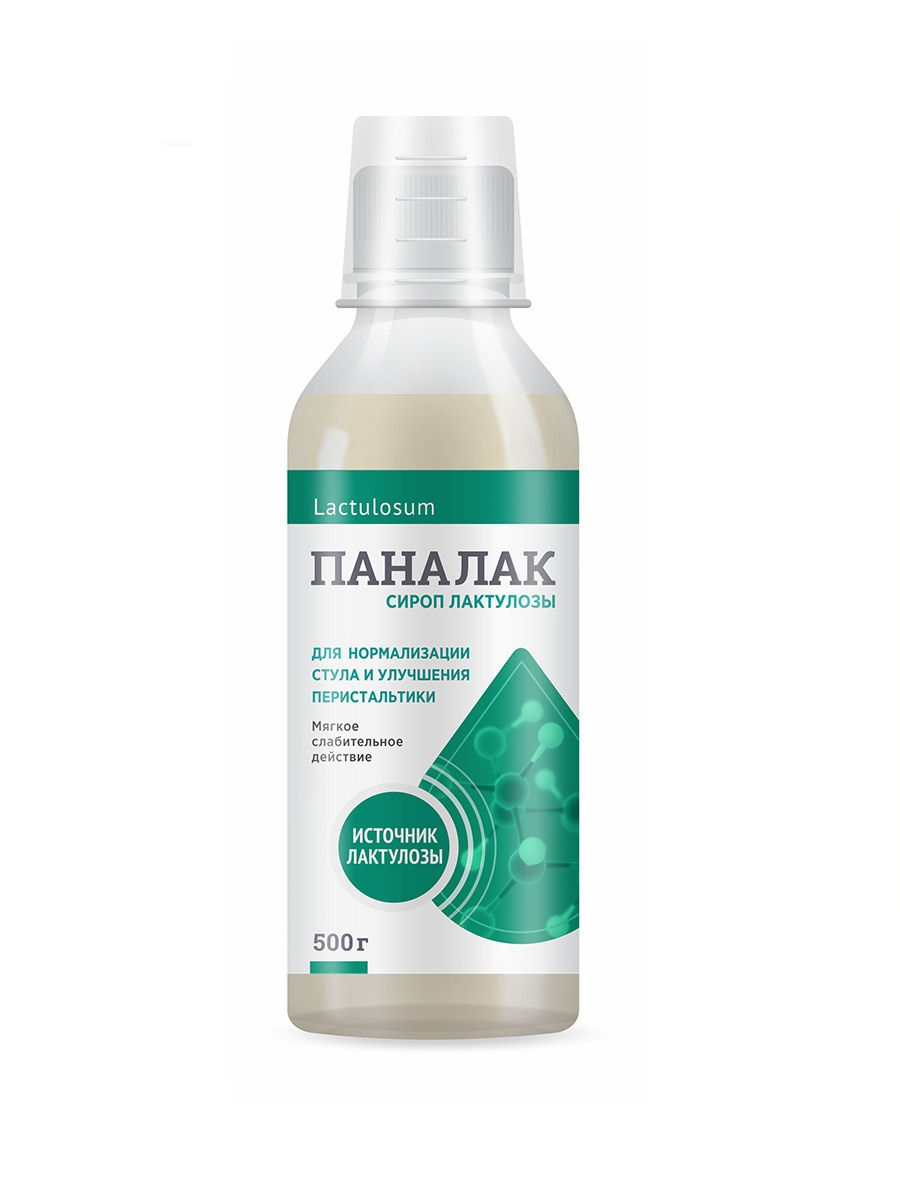
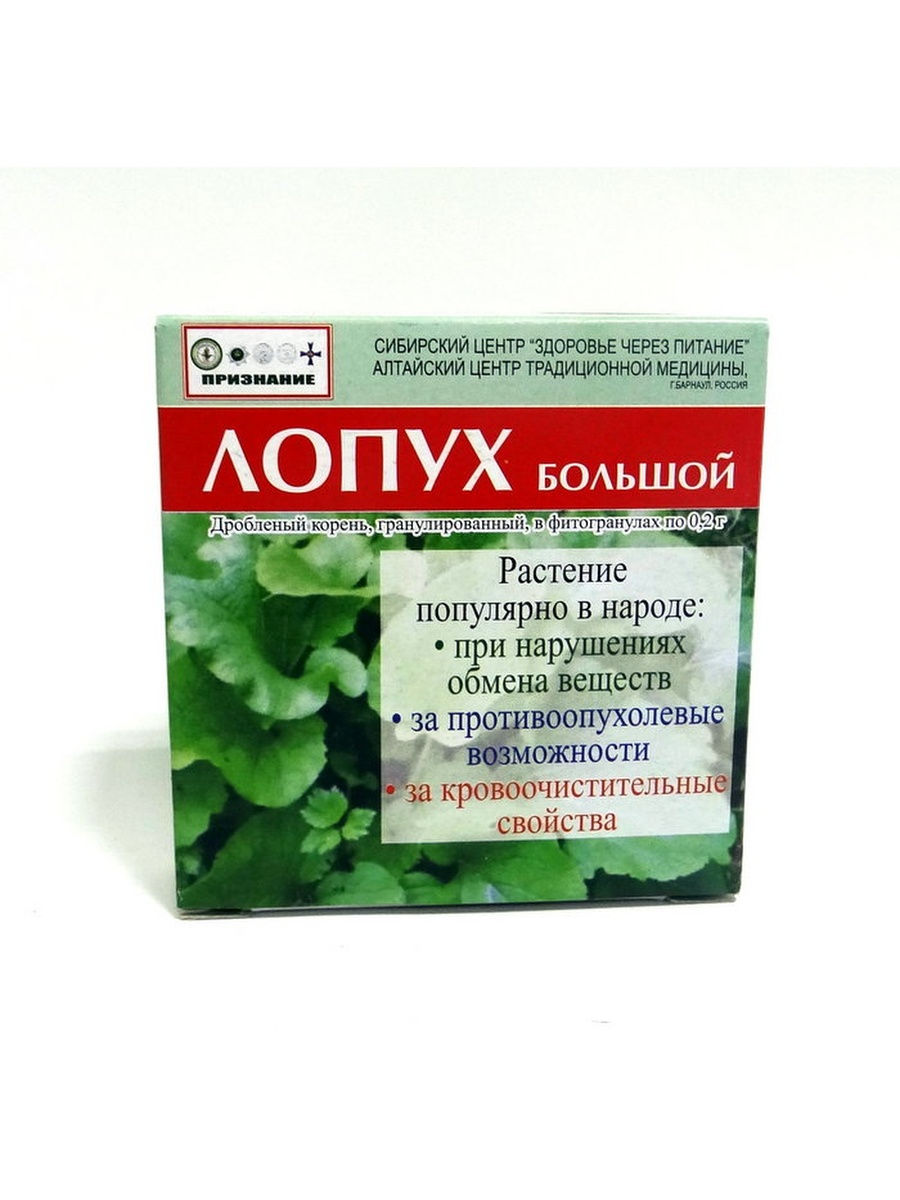
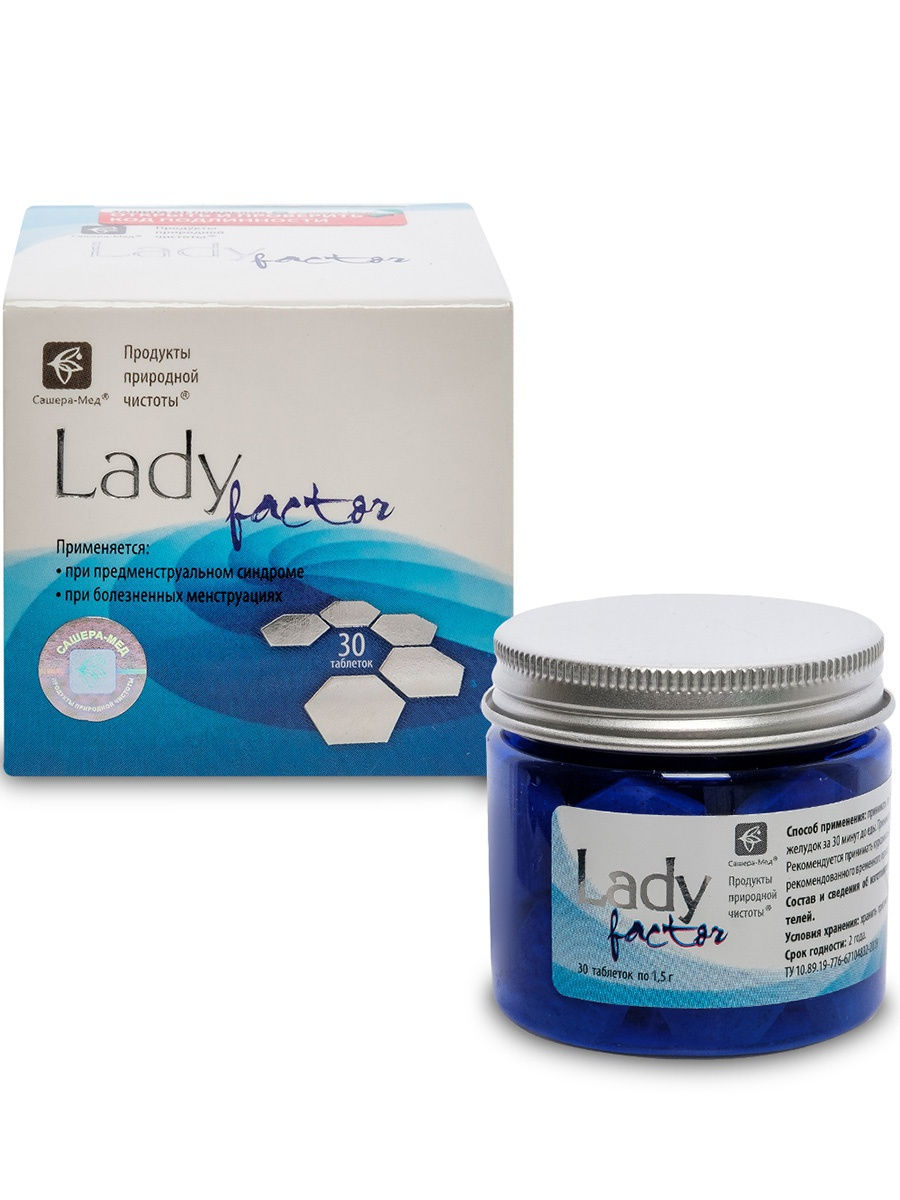




There are no reviews yet.